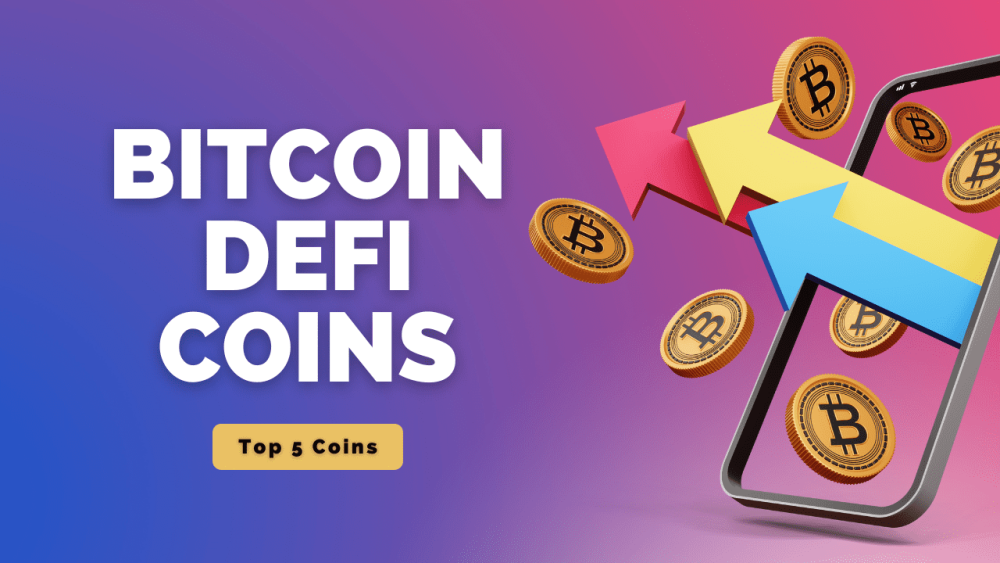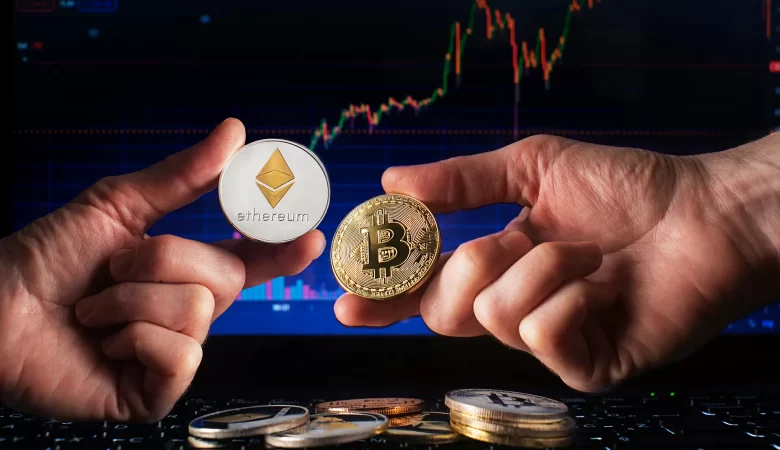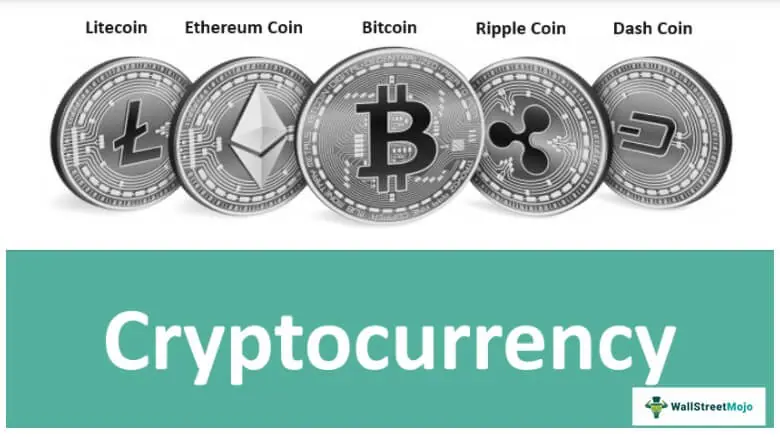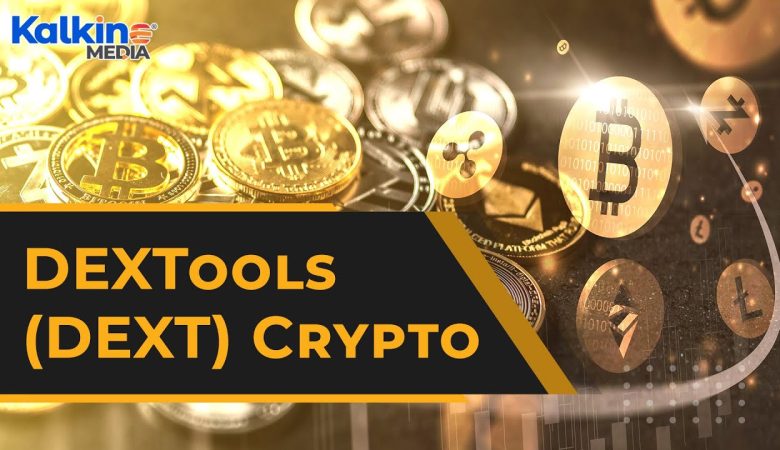DeFi project cryptocurrencies are crypto assets created to work on the blockchain, allowing the user to receive financial services without intermediaries such as banks, brokers and other institutions. DeFi provides transparency and security of transactions, as well as maximum user autonomy.
Decentralization is the main principle of DeFi. This means that the entire system is managed autonomously and without the involvement of a central authority. DeFi cryptocurrencies operate on the basis of “smart contracts” technology, which allows you to automate the interaction between users and the network.
Uniswap (UNI)
The UNI cryptocurrency is a token issued by the Uniswap decentralized exchange protocol on the Ethereum blockchain. UNI is the internal currency of the protocol and is used to govern and vote on changes to it.
UNI was released in September 2020 as part of the token distribution program. It was launched to reward users who have used Uniswap to trade cryptocurrencies or provide liquidity on the platform.
UNI can be used to vote on changes to the protocol such as fee changes, addition of new tokens, etc. In addition, UNI can be used to manage the protocol development fund and receive additional rewards from the platform.
Terra is powered by its own cryptocurrency called LUNA, which is used to back the TerraUSD (UST) stablecoin.
Terra uses the Proof of Stake (PoS) algorithm, which means users can earn LUNA by voting and supporting the network.This allows developers to create and develop new projects using blockchain technologies and the Terra cryptocurrency.

Terra is one of the most promising blockchain projects on the market. The use of a fiat-backed stablecoin allows Terra to be more resilient to market fluctuations, and its wide range of developer options make it attractive for building new DApps.
Maker (MKR)
Maker DeFi Cryptocurrency (MKR) is a token that is used on the MakerDAO decentralized platform. To do this, MakerDAO uses smart contracts on the Ethereum blockchain that automatically control the price of DAI and keep it stable.
The MKR token is required to operate the MakerDAO system. MKR holders can vote on protocol changes and set rules for DAI stability. They are also rewarded for their work in keeping DAI and the entire MakerDAO system stable.
Avalanche (AVAX)
Avalanche is a new blockchain platform that uses a unique algorithm to be faster and more scalable than other blockchain networks. This allows you to create decentralized applications (DApps) and make fast and low-cost transactions between people and companies.
Avalanche also has its own cryptocurrency – AVAX, which is used to conduct transactions and pay for services, work with DApps and support the network.
A feature of Avalanche is its ability to work with other blockchain networks through a network of bridges, which simplifies and speeds up the exchange of assets between different blockchains.
THORChain (RUNE)
DeFi cryptocurrency RUNE is a token that is used on the THORChain platform to exchange cryptocurrencies between different blockchain networks.
RUNE is the heart of the exchange on THORChain. Users can send their cryptocurrencies to pools on the platform, which are supported by various blockchain networks. RUNE is used to maintain the liquidity of these pools and enable exchanges between different cryptocurrencies.
RUNE can also be used to vote on the governance of the THORChain platform and receive rewards for maintaining the liquidity of the pools on the platform.
Reasons for the popularity of DeFi cryptocurrencies
One of the main reasons why DeFi cryptocurrencies are growing in popularity is the potential for high investment returns. Cryptocurrency holders can use their assets to earn interest on lending, staking, and other financial services without the involvement of banks or other intermediaries. This makes DeFi more accessible to all users, not just large investors.
Another reason why DeFi cryptocurrencies have become popular is the ability to ensure the security and transparency of transactions. Unlike traditional banking systems, blockchain technologies allow users to manage their assets without trusting them to centralized organizations. Thus, the ability to store and manage your assets can lead to increased user confidence in DeFi.

Cryptocurrency coins and tokens are one of the key elements in DeFi, which are used to represent various assets and manage decentralized finance protocols.
Coins and DeFi tokens have several significant differences:
Purpose: DeFi coins are typically the underlying assets for conducting transactions in decentralized financial protocols. They are often used to buy and sell other DeFi tokens, as well as generate staking income. DeFi tokens, on the contrary, provide rights (getting a share in the project), as well as the ability to buy specific assets or use services, such as providing loans, insurance, etc.
Distribution: DeFi coins are usually distributed to users through Proof of Work (PoW) or Proof of Stake (PoS) mining mechanisms and traded on cryptocurrency markets. DeFi tokens, in turn, can be issued by the owners of decentralized protocols or created as a result of structured finance (as, for example, in the case of ICOs).
Meaning: DeFi coins have a greater distribution and a wide range of uses, making them more stable and liquid. DeFi tokens have a narrow focus and a more limited target audience, which makes them more volatile and less liquid.
In general, DeFi coins and tokens are two different categories of cryptocurrencies with their own unique characteristics and applications. Understanding the differences between the two can help investors and users better understand the risks and opportunities associated with their use in decentralized finance protocols.





